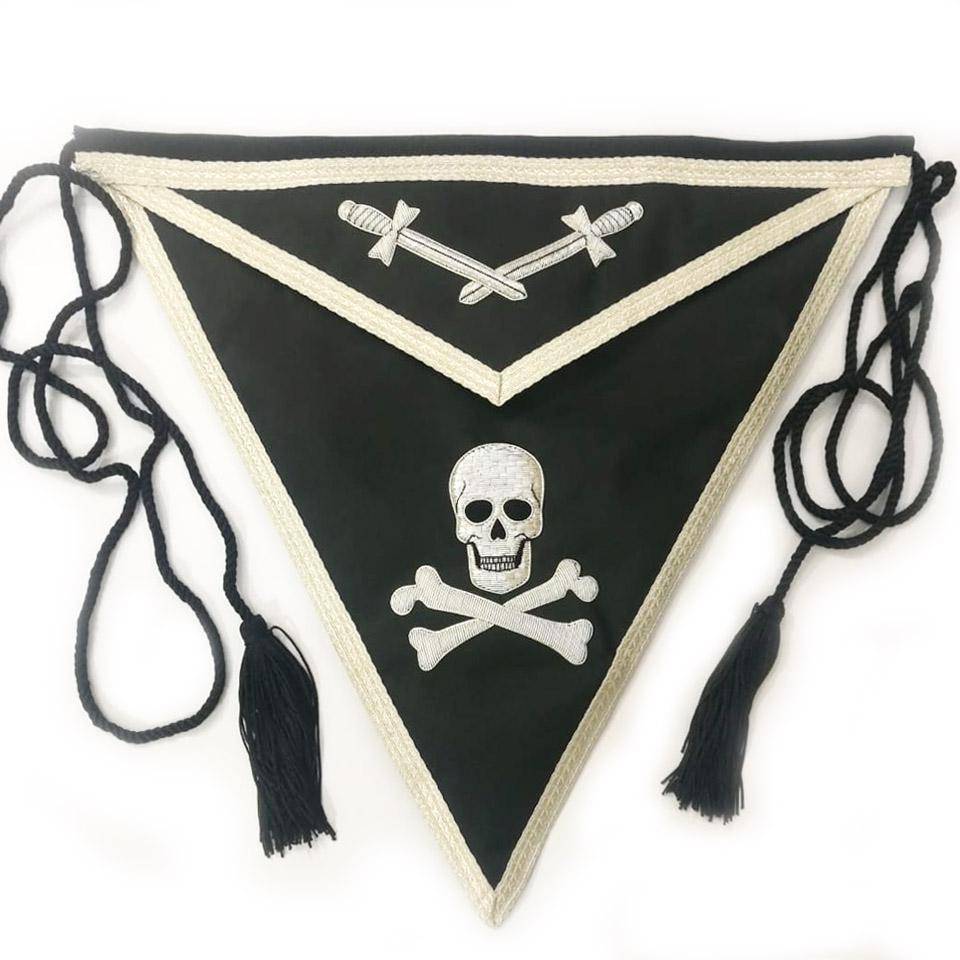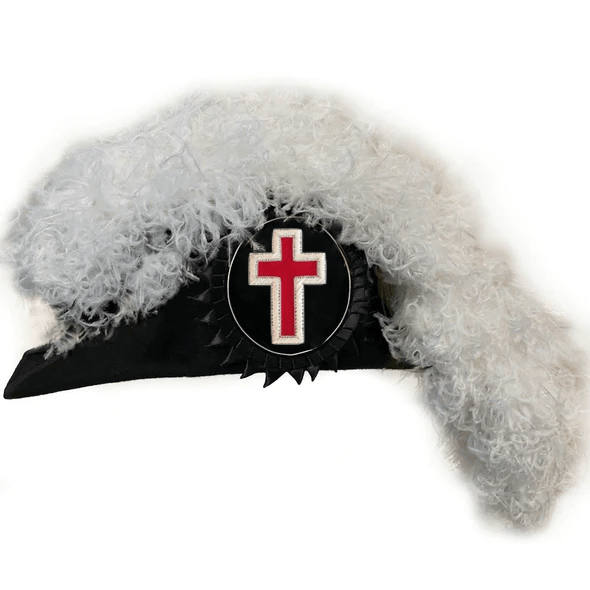The Knights Templar’s Enduring Influence in the UK and USA
The Knights Templar, renowned for their legendary prowess and secretive mystique, have left a profound mark on history. Their legacy spans continents, significantly impacting the architectural and cultural heritage of the United Kingdom and creating a more imaginative presence in the United States. Although the order ceased to exist in the U.S. during its medieval origins, the Templars remain a subject of fascination in American culture and beyond.

The Knights Templar in the United Kingdom
Historical Presence and Establishment
The Knights Templar arrived in England in the early 12th century, establishing themselves as a prominent religious and military order. Their influence rapidly grew as they acquired land and established key headquarters across the country. Most notably, Temple Church in London stands as a remnant of their historical presence. Built in the 12th century, Temple Church served not only as a place of worship but also as a training and administrative center for the Templars. Today, it is one of the best-preserved Templar sites in England, attracting visitors and historians intrigued by its beautiful design and historical significance.
Beyond London, the Templars owned land across England, including estates in Bristol, Warwickshire, and Yorkshire. These properties provided vital economic resources, reinforcing their power and influence. As landowners and lenders, the Templars were integral to England’s economy, contributing to the construction of significant castles, churches, and commanderies.

The Suppression of the Templars in England
In 1307, King Philip IV of France, heavily indebted to the Templars, initiated a brutal campaign to dismantle the order, leading to their suppression across Europe. In England, King Edward II initially resisted this pressure but ultimately succumbed, issuing orders to arrest Templars and confiscate their assets. While the Templars did not face the same brutality in England as they did in France, the English crown seized their properties and transferred them to the Knights Hospitaller, a rival military order.
Legacy and Lasting Influence
Despite their suppression, the Templars’ architectural and cultural contributions remain embedded in England’s heritage. Temple Church stands as a testament to their influence, showcasing round designs inspired by the Church of the Holy Sepulchre in Jerusalem. The surrounding area, known as The Temple, became a hub for legal professionals, housing the Inns of Court and solidifying the Templars’ association with order and discipline.
Today, the Templars’ influence in the UK lives on through historical tourism and studies of medieval architecture. Many sites that were once Templar properties have become destinations for those captivated by Templar history and the legends surrounding the order. The Knights Templar’s legacy in the UK is tangible, manifesting in buildings, landscapes, and historical records that remind modern audiences of their unique role in shaping medieval society.
The Knights Templar in the United States
No Physical Presence: A Legacy in Popular Imagination
Unlike in Europe, the Knights Templar never established a physical presence in the United States, as the order dissolved long before the Americas were colonized. However, the Templars’ mystique, combined with the symbolic allure of secret societies, has firmly embedded them in the American imagination. The U.S. is home to modern-day Templar-inspired organizations and fraternal groups that claim historical ties to the original order, though these connections are largely speculative and symbolic.
Cultural Influence in Popular Media
The Knights Templar’s influence in the United States is woven into popular culture. Movies, books, and video games frequently depict the Templars as guardians of ancient secrets or powerful conspirators. In Dan Brown’s The Da Vinci Code, for example, the Templars are linked to hidden knowledge and ancient relics, captivating audiences with tales of mystery and adventure. This portrayal is echoed in films like National Treasure and games like Assassin’s Creed, each contributing to the Templars’ reputation as keepers of hidden wisdom and supernatural secrets.
Modern Templar Groups in the USA
A number of fraternal organizations in the U.S. claim ties to the Templars, most notably the Freemasons, who have established an order within their society known as the York Rite Knights Templar. While these groups do not have a direct lineage to the original Knights Templar, they embody many of the Templars’ chivalric values, such as loyalty, honor, and a commitment to charity. The Templars’ association with mystery and secret knowledge has made them an appealing symbol for fraternal orders seeking a connection to medieval ideals of knighthood and morality.
The legitimacy of these modern Templar organizations is often debated, as they lack verifiable historical links to the medieval order. Nonetheless, their existence highlights the enduring fascination with the Templars in American society. Through these organizations, the Templars’ name and ideals continue to inspire those seeking a sense of connection to chivalric values and mysticism.

Key Differences Between the Templars’ Influence in the UK and USA
Historical Presence: Physical vs. Cultural Influence
In the UK, the Templars left a tangible historical legacy. Their buildings, landholdings, and remnants of influence provide a physical connection to their medieval role in society. Properties like Temple Church in London serve as powerful symbols of their historical presence and contributions to England’s religious, architectural, and economic landscape.
In contrast, the Templars’ influence in the U.S. is cultural rather than physical. The American fascination with the Templars is fueled by stories, legends, and fictional accounts rather than historical sites. This difference has allowed the Templars to be shaped in American culture by folklore and creative interpretations, leading to their depiction as mystical figures in popular media.
Popular Culture and Perception
The Templars’ role in popular culture is particularly strong in the U.S., where they are frequently portrayed as guardians of ancient relics or keepers of secret knowledge. This fictionalized image has been reinforced by numerous books, movies, and television shows, helping to shape the Templars as a mysterious, almost mythical order in the American psyche. While the Templars’ story is also popular in the UK, British narratives often focus more on their historical contributions and tangible legacy.
Modern Organizations and Symbolism
Both the UK and the U.S. are home to modern Templar-inspired groups, although their roles and symbolism differ. In the UK, these groups tend to focus on historical aspects, celebrating the Templars’ medieval heritage and influence on English society. Conversely, modern Templar groups in the U.S. often emphasize the mystique and secrecy associated with the order, appealing to a broader interest in fraternal organizations with ties to ancient knowledge. This distinction highlights how the Templars’ legacy has evolved in each country, shaped by cultural attitudes and historical context.
Conclusion: An Enduring Legacy Across Continents
The Knights Templar’s legacy endures on both sides of the Atlantic, albeit in different forms. In the UK, their historical influence remains a visible part of the landscape, with ancient churches, properties, and legends serving as reminders of their once-powerful presence. In the U.S., the Templars live on as icons of mystery and adventure, inspiring countless works of fiction and modern fraternal organizations that seek to capture the allure of their chivalric ideals.
Although separated by centuries and continents, the fascination with the Templars continues to captivate the imagination, bridging historical fact with elements of legend. Through architecture, literature, and pop culture, the Templars’ influence remains vibrant, a testament to the enduring power of one of history’s most enigmatic orders.









